Rhinos are among the most awe-inspiring and ancient animals still walking the Earth. The name “rhinoceros” literally means “horned nose,” referring to the prominent horn on their snouts. Surprisingly, this horn is not made of bone, but of keratin, the same protein found in human hair and nails.
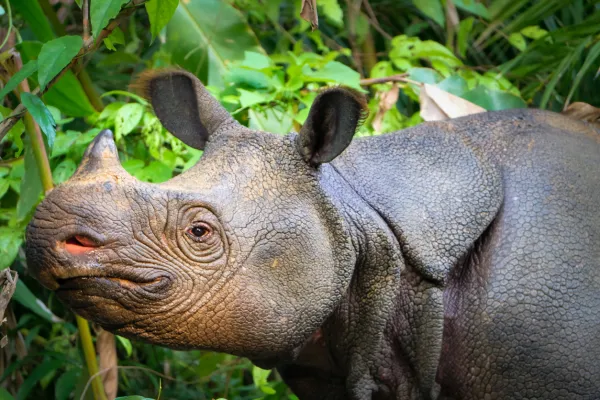
Despite their strength and long evolutionary history, rhinos face a grim reality today: all five extant species of rhinoceros are under threat of extinction, each listed at varying levels of risk by the International Union for Conservation of Nature (IUCN).
In this article, we’ll explore:
Why rhinos are endangered
A detailed overview of each rhino species
How conservation efforts have helped or failed
What we can do to protect these majestic creatures
Rhinos once roamed across vast regions of Africa and Asia. However, their populations have drastically declined due to the following key threats:
Rhino horns are highly prized in traditional medicine (especially in parts of Asia) where they are falsely believed to have healing properties. Additionally, the horn is used for ornamental purposes. Despite being banned from international trade since 1977, rhino poaching remains rampant.
The rapid expansion of agriculture, logging, and urban development has destroyed and fragmented rhino habitats. Isolated populations become more vulnerable to poaching, vehicle accidents, and genetic inbreeding due to limited mating options.
Diseases from nearby domestic livestock can spread to rhino populations, especially those living close to human settlements. For example, Javan rhinos have suffered from infections transmitted by cattle.
Although rhinos are relatively adaptable, the effects of climate change—such as droughts, heatwaves, and shrinking freshwater supplies—threaten to alter or eliminate the few remaining habitats they depend on.
Let’s take a closer look at each of the five remaining rhino species, where they live, and their current population status.
Population: Only ~18 individuals remain.
Habitat: Restricted to Ujung Kulon National Park on Java Island, Indonesia.
IUCN Status: Critically Endangered
Threats: Habitat loss, inbreeding due to extremely small population, disease.
Conservation efforts have protected this species from poaching, but its dangerously small population makes it highly vulnerable to extinction.
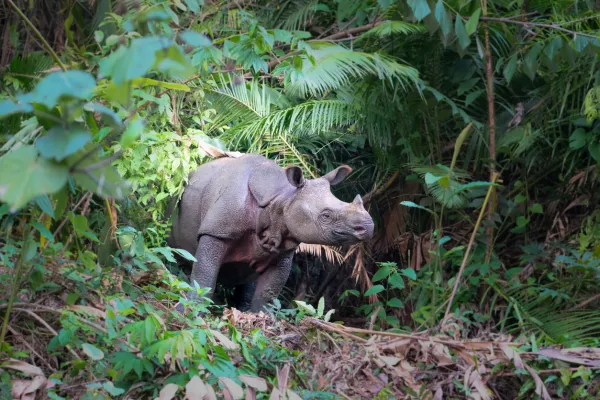
Population: Estimated 2,100–2,200 individuals.
Habitat: Northern India and Nepal, especially in protected reserves.
IUCN Status: Vulnerable
Size: Largest of all rhino species.
Once critically endangered, the Indian rhino has made a remarkable recovery from just 600 individuals in the 1970s, thanks to strict protection and conservation policies.
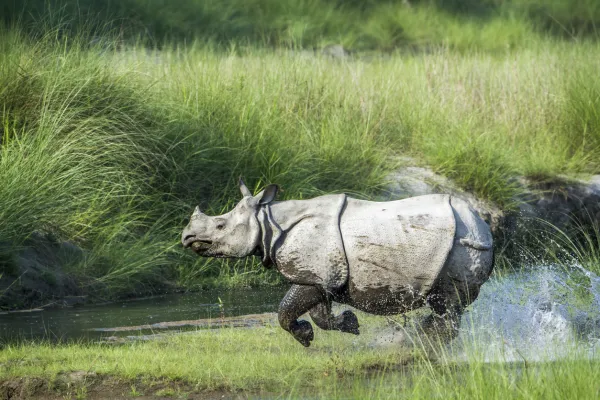
Population: Fewer than 30 mature individuals.
Habitat: Fragmented forests on the islands of Sumatra and Borneo.
IUCN Status: Critically Endangered
Unique Traits: Smallest rhino species; only one with two horns.
Once found from the Himalayas to Southeast Asia, this species now clings to survival in dense, isolated forest patches.
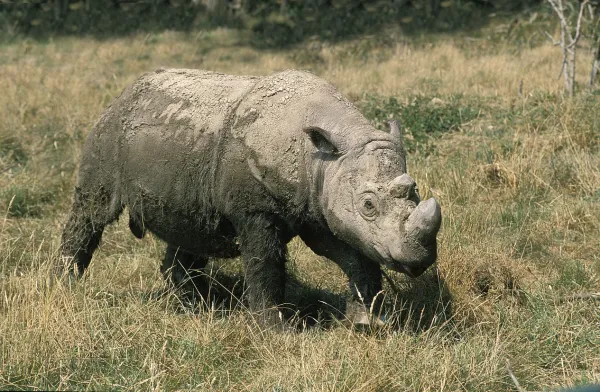
Population: Over 10,000 individuals (southern subspecies).
Habitat: South Africa, Namibia, Kenya, and Zimbabwe.
IUCN Status: Near Threatened
Subspecies Note: Only 3 individuals of the northern white rhino remain, all of them female, rendering this subspecies functionally extinct.
The southern white rhino has made an inspiring comeback from near extinction in the early 20th century, proving that sustained conservation works.
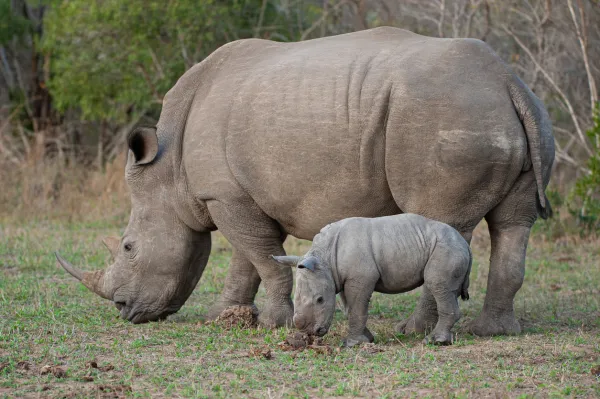
Population: Over 3,000 adults.
Habitat: Namibia, South Africa, Kenya.
IUCN Status: Critically Endangered
Note: Several subspecies of black rhino have already gone extinct.
Although its numbers are slowly increasing, this species is still under constant threat from poachers.
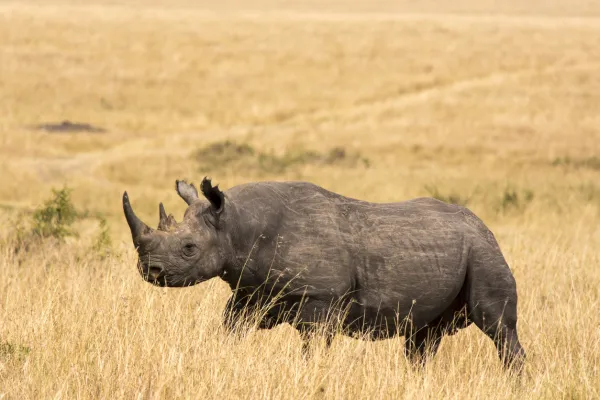
Rhinos are keystone species, playing a vital role in shaping their ecosystems. Their feeding habits maintain the health of savannahs and forests, benefiting countless other animals and plants. Moreover, rhinos are an important symbol in conservation, and protecting them often results in the preservation of entire ecosystems.
The extinction of rhino species would not only represent a tragic loss of biodiversity but also indicate broader ecological instability. Conservation is not just about saving one species—it’s about preserving balance in nature.
All five species of rhinos face serious threats, and several subspecies have already vanished from the Earth. But there is still hope. The white rhino's recovery shows that long-term commitment, anti-poaching efforts, and habitat protection can turn the tide.
You can help by:
Supporting wildlife conservation organizations.
Raising awareness about illegal wildlife trade.
Advocating for stronger environmental protection laws.
[Why Are Animals Endangered?]
[Top 10 Poached Animals in the World]
[Success Stories in Wildlife Conservation]
[The Role of Protected Areas in Saving Rhinos]
Bibliography
Species and habitat: rhinos. World Wide Fund for Nature (WWF). Retrieved from: https://www.wwf.es/nuestro_trabajo/especies_y_habitats/rinoceronte/
Ceratotherium simum. IUCN Red Lists. Webpage: https://www.iucnredlist.org/species/4185/45813880
Diceros bicornis. IUCN Red Lists. Webpage: https://www.iucnredlist.org/species/6557/152728945
Dicerorhinus sumatrensis. IUCN Red Lists. Webpage: https://www.iucnredlist.org/species/6553/18493355
Rhinoceros unicornis. IUCN Red Lists. Website: https://www.iucnredlist.org/species/19496/18494149
Rhinoceros sondaicus. IUCN Red Lists. Website: https://www.iucnredlist.org/species/19495/18493900
animal tags: Endangered rhinoceros
We created this article in conjunction with AI technology, then made sure it was fact-checked and edited by a Animals Top editor.